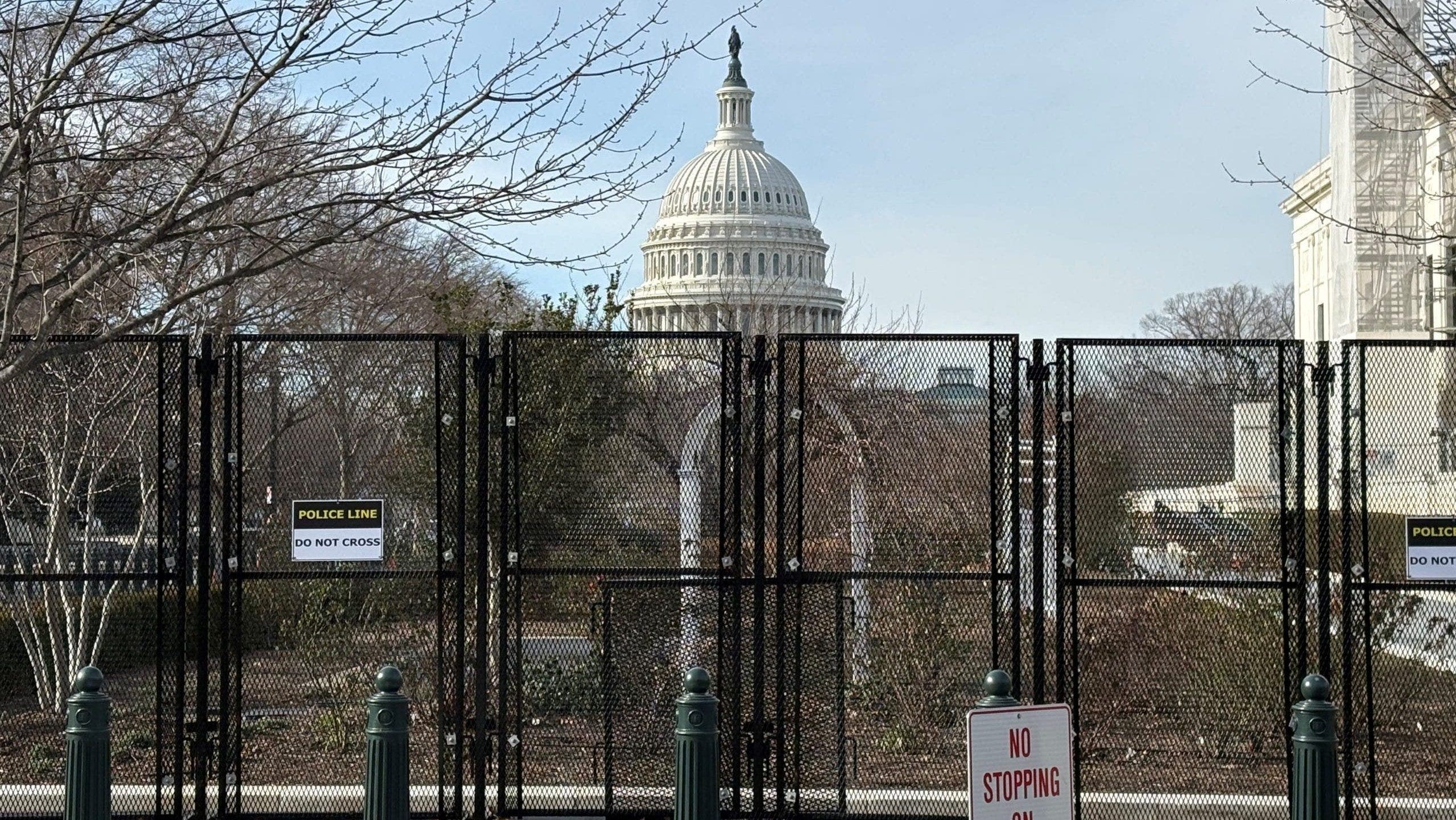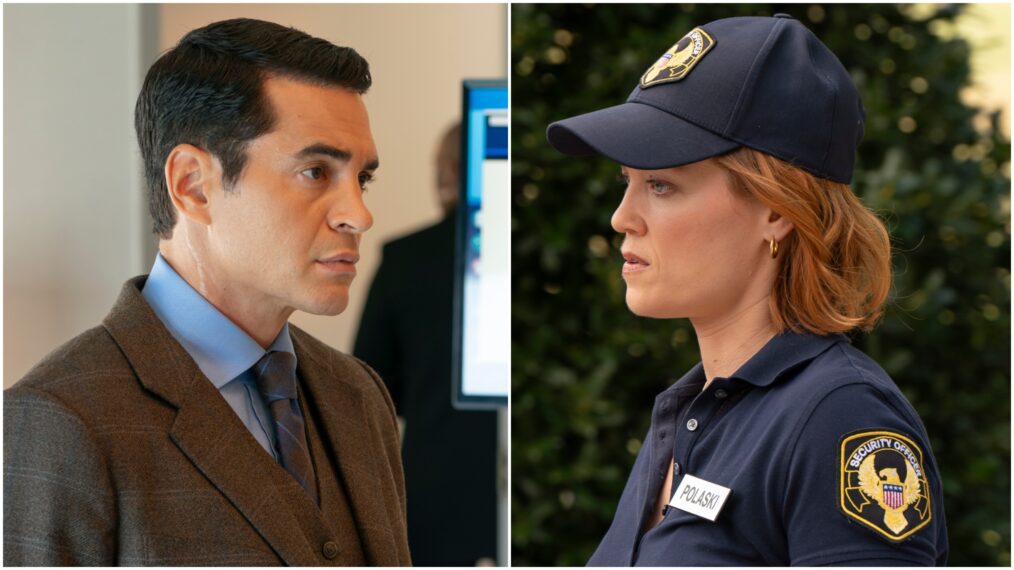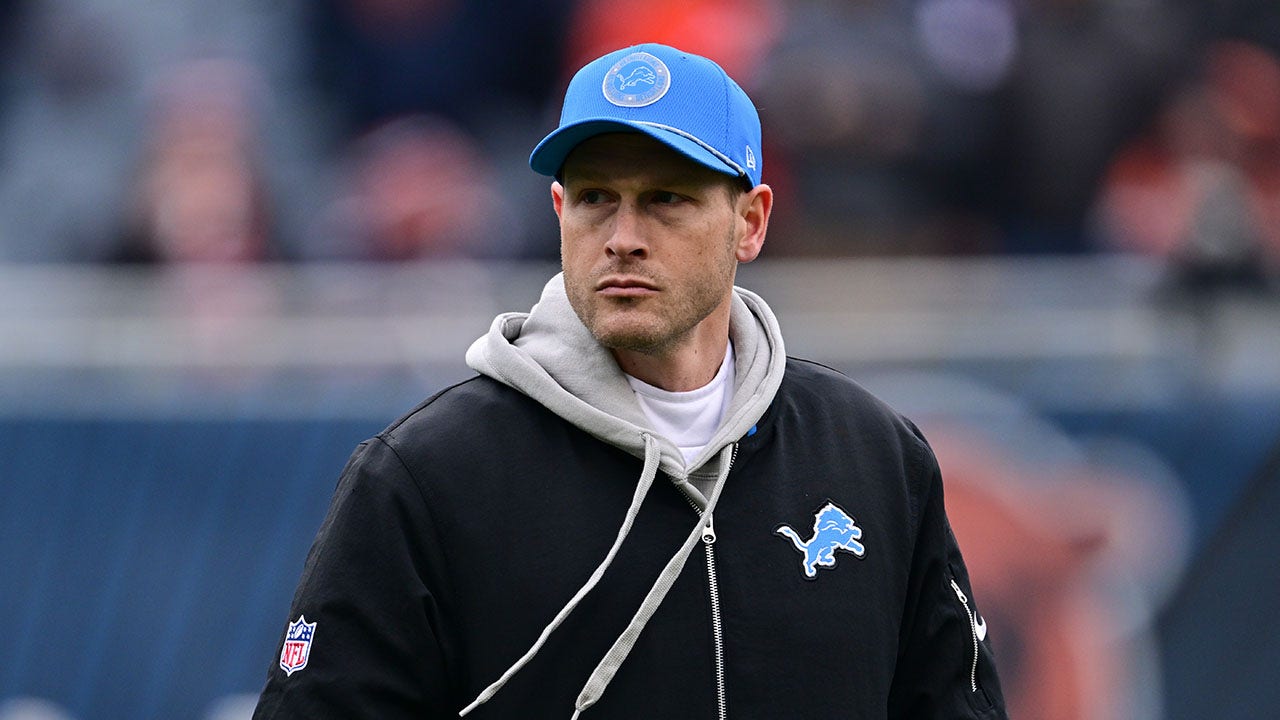Susanne Bier’s 2018 apocalyptic sci-fi chiller for Netflix, Bird Box, was a half-cooked stew of familiar ideas lifted above its derivative conception by a commanding Sandra Bullock, channeling grim determination as she braved a mysterious alien menace to shepherd two children to safety. Trauma, grief and parenting under extreme duress again factor into Spanish siblings Alex and David Pastor’s follow-up, Bird Box Barcelona, which is more spinoff than sequel. It starts from scratch, anthology-style, slapping on new details that expand on the original threat without offering much illumination.
The movie is technically accomplished, well-acted, atmospherically unsettling and certainly watchable. As an extension of a popular property that increases Netflix’s push into international production, it serves a dual purpose. But as genre material, it’s generic, as if the filmmakers had randomly mashed together elements of A Quiet Place, The Last of Us, The Walking Dead and other dystopian nightmares about humanity pushed to the brink of extinction by a deadly force of unknown origin, creating a world where the shrinking number of survivors no longer knows who can be trusted.
Bird Box Barcelona
The Bottom Line
Engrossing enough, but unmemorable.
Departing from Josh Malerman’s 2014 source novel and from the central character of Bullock’s Malorie, the Pastors want to have it both ways by explaining how the phenomenon works — anyone who sees the creatures is prompted to take their own life in the swiftest way possible — while retaining the ambiguity. Their script does both too much and not enough to justify a deeper dive into a story that already suffered from contrivances and wobbly logic the first time around.
Shifting the setting to a Catholic country allows for a mildly intriguing religious twist. A wild-eyed priest, Father Esteban (Leonardo Sbaraglia), welcomes the lethal entity as a Divine miracle, delivering lost souls from the hell of life on earth. With a small band of fellow “seers,” who have witnessed the phenomenon but are resistant to its curse, the priest roams the streets daubing the foreheads of survivors with a third eye and forcing them to accept their fate.
A significant new development in the spinoff is a flash of light emanating from bodies immediately after their death, suggesting a spiritual release that adds credence to Father Esteban’s belief that “Our God and his angels have come down to walk the earth.” One dying man speaks as if in a rapture: “Their ships have traveled millions of light years to get here.”
But the more rational characters are no closer to identifying what exactly is causing the mass suicides. Some see demons and others see aliens, some see their torturer and some their God. A character played by an underused Diego Calva (Babylon) speculates that they are some kind of quantum beings that take on fluctuating forms, observing their prey and instantly absorbing their fears, anxieties and sorrows to manipulate their minds.
We experience the arrival of the creatures via juddering noise, groans, growls and an eerie gust of wind lifting leaves and debris off the ground, and occasionally we see what they see. But the audience still doesn’t get a good look at them, only the briefest partial glimpse in a final scene.
While some of the suicides are startling in their sudden violence, it’s all a bit too vague to carry much of a kick as horror and too inevitable in its mounting fatalities to pack much suspense. The film doesn’t do enough to pull its audience in, with thin characters whose back-stories mostly are suggested by whispered voices from their past, carried on the wind with the appearance of the amorphous menace.
The Pastor brothers have traveled adjacent territory with previous features Carriers, about a deadly viral threat, and The Last Days, another vision of life after a cataclysm. They mirror the fussy flashback structure of Bier’s film in their construction, setting up the central character, Sebastián (Mario Casas), as a desperate man, wandering the streets in dark goggles and hiding out in the abandoned buildings of Barcelona as he tries to keep his 11-year-old daughter Anna (Alejandra Howard) from harm.
But after establishing Sebastián as a vulnerable hero when he’s assaulted by a trio of blind robbers, the script swiftly shifts our perceptions, making us question his motives as he gains the trust of one survivor community after another. “Am I the shepherd or the wolf?” he asks himself in a moment of crisis when his actions cause him to lose faith, pointing up a duality that gives Casas something relatively meaty to play. We also become aware quite early that Anna is not exactly what she seems.
Jumping back first to nine months earlier, the film recaps the start of the outbreak. Newscasts report a wave of psychotic behavior as Sebastián dashes from his office across the city in chaos to retrieve Anna from school, narrowly avoiding being drawn into a mass suicide on a metro platform.
The action then shifts again to seven months before the opening scenes, after Sebastián has been accepted as part of a community hiding out in a bomb shelter. That group includes leader Rafa (Patrick Criado); English psychologist Claire (Georgina Campbell, who had more to work with in Barbarian); preteen German tourist Sofia (Naila Schuberth), separated from her mother in the confusion; older couple Roberto (Gonzalo de Castro) and Isabel (Lola Dueñas); and Calva’s Octavio.
The plot driver, which ideally should have kicked in earlier, involves that band of blindfolded survivors attempting to get to a refuge across town, Montjuïc Castle, the 17th-century mountaintop fortress accessible from the city by cable cars. Naturally, the group’s numbers dwindle along the way, leaving a reduced contingent of core characters to face a dual threat — from the other-wordly death force and from the human crusaders determined to open their eyes to “the miracle.”
The fortress setting is a striking location for a climactic struggle that points the way to further sequels. Laia Colet’s production design in general is effective — even when the brushstrokes of the CG team are visible, seeing a wrecked cruise liner half-sunk in the port or bridges festooned with dangling corpses gives a vivid sense of a world without mercy or hope. The film’s most impressive nerve-jangling element, however, is its dense sound design, deftly blended with Zeltia Montes’ ominous score. Too bad there’s little in the story that gets under the skin with comparable skill.



























































